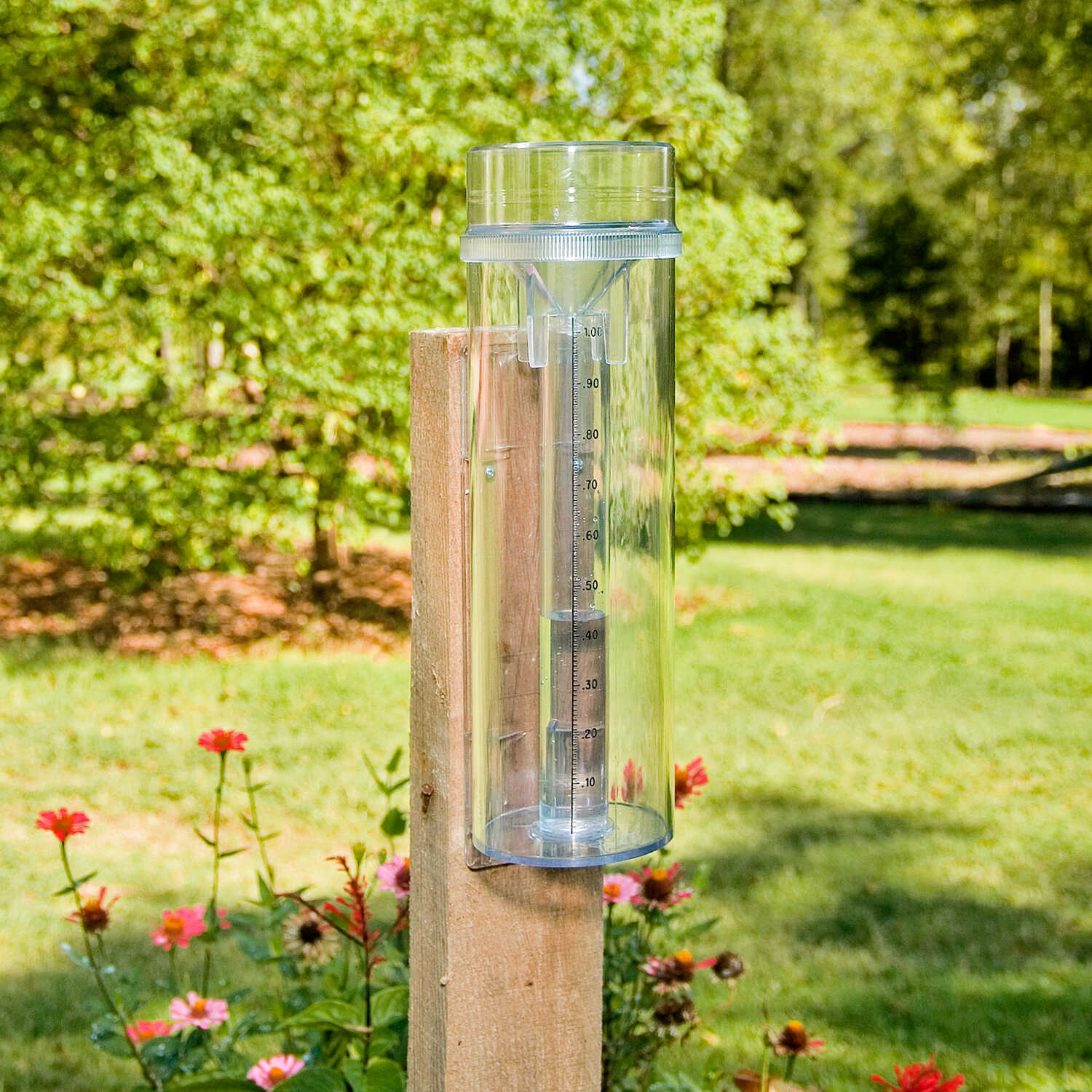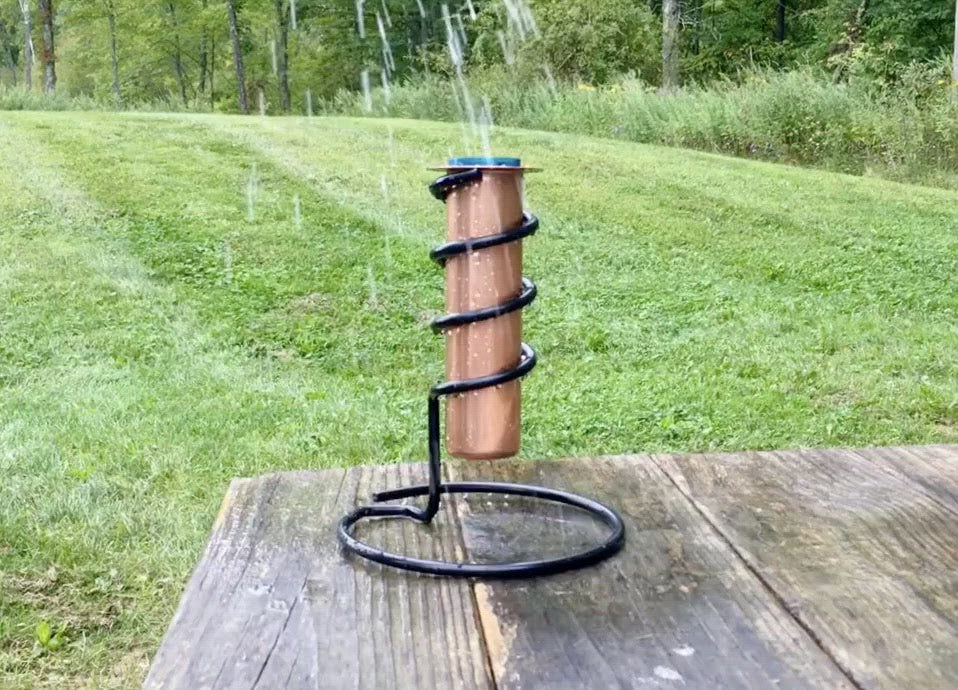The Rain Gauge: A Vital Tool for Checking Rainfall Degrees
The Rain Gauge: A Vital Tool for Checking Rainfall Degrees
Blog Article
Comprehending Rain Gauge Dimensions: A Complete Guide
Understanding Rainfall Gauge Dimensions: A Full Guide is an extensive source for anybody seeking a deeper understanding of rainfall scale dimensions. Whether you are a specialist in the area or simply have a curiosity concerning rains dimension, this guide will certainly furnish you with the expertise required to successfully use rain gauge measurements.
The Importance of Rainfall Scale Measurements
The significance of rainfall scale measurements hinges on their duty as a crucial device for accurately examining and monitoring precipitation degrees - The Rain Gauge. Rainfall gauge dimensions provide useful information that aids meteorologists and hydrologists recognize patterns and patterns in rainfall, which subsequently aids in various fields such as agriculture, water source administration, and environment research study

Precise rains dimensions are necessary for farming as they assist in establishing irrigation requirements, crop growth, and return forecasts. Farmers count on this info to make enlightened decisions concerning when to water their crops, avoiding water wastefulness and ensuring optimal crop wellness. Furthermore, rainfall data helps in examining the influence of droughts or extreme rains on plant manufacturing, making it possible for farmers to take appropriate measures to reduce losses.
Water resource monitoring greatly relies upon rainfall scale dimensions to figure out the amount of water readily available in lakes, reservoirs, and rivers. Exact dimensions allow water supervisors to make educated decisions concerning water appropriation and circulation, ensuring sustainable usage and protecting against shortages. This details is specifically crucial in regions where water shortage is a pushing problem.
In addition, rainfall scale measurements play a vital role in environment research study. By precisely determining rainfall over extended durations, scientists can examine lasting environment patterns and determine changes in rainfall patterns because of climate modification. This data aids policymakers and scientists develop techniques to adjust to and minimize the impacts of climate change.
Sorts Of Rainfall Scales
There are various sorts of rain gauges used to gauge rainfall accurately. Each kind has its very own advantages and restrictions, making them ideal for different functions and atmospheres.
The most typical sort of rainfall gauge is the conventional cylindrical scale. It contains a round container with a broad funnel-shaped top to collect rain (The Rain Gauge). The water is then channelled into a graduated determining tube, enabling specific measurement of the quantity of rainfall
An additional kind is the weighing rainfall scale. This gauge uses a delicate balance to determine the weight of the collected rainfall. By transforming the weight right into quantity, the quantity of rainfall can be determined. Weighing rainfall evaluates are specifically helpful in locations with frozen rainfall or hefty rainfall, as they are not impacted by spraying or dissipation.
Tipping bucket rainfall evaluates employ a mechanism that tips a small pail each time it accumulates a details amount of rainwater. The variety of ideas is tape-recorded and made use of to determine the rains. This kind of gauge is frequently utilized in automated weather condition terminals because of its reduced maintenance requirements and capability to supply real-time information.
Lastly, there are radar-based rain assesses that use radar innovation to approximate rainfall. These evaluates determine the intensity of rains in a details location by evaluating the mirrored radar signals. They are particularly valuable for measuring rainfall over huge locations or in remote locations.
Exactly How Rain Scale Measurements Work
Rainfall scale measurements are based upon the view it now principle of collecting and measuring the amount of rainfall. These tools are designed to record rain and give a precise measurement of the rainfall in a details area.
The most usual type of rainfall gauge is the standard round gauge. It contains a round container with a vast opening on top to gather rain. The gathered water is then funneled into a determining tube, which is adjusted to provide the measurement in systems of length, generally inches or millimeters.
One more kind of rain gauge is the tipping container scale. It utilizes a seesaw-like system with two containers that tip when they get to a certain weight limit. Each idea of the why not try this out container stands for a certain quantity of rains, permitting precise measurements.
Some innovative rainfall evaluates are equipped with digital sensing units that automatically document and transfer data. These sensing units utilize different technologies such as ultrasound or laser to determine the quantity of rainfall accurately.
Elements Affecting Rain Gauge Accuracy
Factors that can affect the precision of rain scale dimensions include different ecological and functional variables. Ecological elements such as wind, temperature level, and climatic pressure can considerably impact the precision of rainfall gauge measurements. Strong winds can create the rain scale to turn or move, leading to incorrect readings. Similarly, severe temperature levels can cause dissipation or cold of the collected rainwater, leading to distorted dimensions. Adjustments in climatic pressure can additionally affect the accuracy of rain gauge dimensions, as they can alter the rate at which rainfall is accumulated.
Functional variables, on the other hand, refer to factors connected to the style, installment, and upkeep of the rain gauge. The positioning of the rainfall scale in a location with obstructed air flow or near buildings or trees can bring about inaccurate analyses because of obstruction or splattering of rainfall. Additionally, incorrect calibration or irregular maintenance of the rainfall gauge can additionally influence its precision.
To guarantee the accuracy of rainfall scale measurements, it is vital to consider these variables and take see suitable measures. This might entail selecting an ideal place for the rain scale, making certain appropriate installment and maintenance, and frequently adjusting the instrument. By resolving these variables, exact and trusted rains dimensions can be acquired, which are vital for different applications such as climate forecasting, hydrological researches, and agriculture.
Tips for Precisely Gauging Rain
To make certain accurate rains measurements, it is crucial to implement details strategies and methods when making use of a rain gauge. Below are some suggestions for precisely gauging rainfall:
Proper Positioning: Place the rain scale in an open location, far from trees, structures, and other blockages that might hinder the rainfall collection. It ought to be placed on a level surface to stay clear of water merging or runoff.

Review the Scale Correctly: When taking measurements, read the water level at eye level from all-time low of the crescent. Stay clear of parallax mistakes by aligning your sight directly with the water level.
Constant Time Interval: Set a consistent time interval for gauging rainfall, such as every 24 hours or after each rains occasion. This guarantees exact monitoring and contrast of precipitation data.
Record Measurements Promptly: Record rainfall dimensions asap after collection to avoid evaporation or spillage. Utilize a rain scale with an integrated information logging function for automatic recording.
Final Thought
Finally, understanding rainfall scale measurements is vital for properly determining rainfall. Various types of rain gauges are readily available, each with their very own benefits and limitations. It is very important to take into consideration variables that can impact the accuracy of rainfall gauge dimensions, such as placement, dissipation, and wind. By following the tips given, one can make certain much more precise and dependable rains measurements.
Comprehending Rainfall Scale Dimensions: A Total Overview is a comprehensive resource for any person seeking a much deeper understanding of rain scale dimensions. Whether you are a professional in the field or just have a curiosity regarding rains measurement, this guide will furnish you with the expertise needed to efficiently make use of rain gauge dimensions.
The most typical kind of rainfall gauge is the conventional cylindrical scale.The most common type of rainfall scale is the conventional round gauge.Another type of rainfall scale is the tipping pail scale.
Report this page